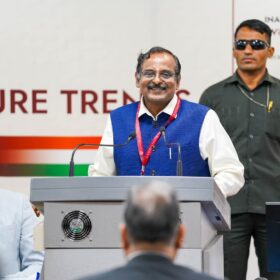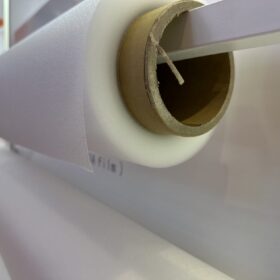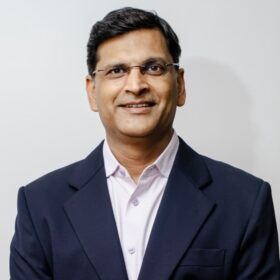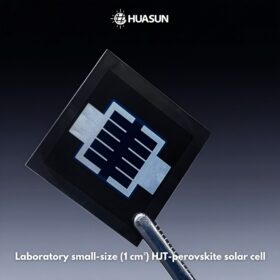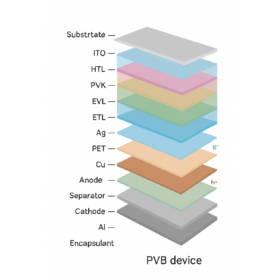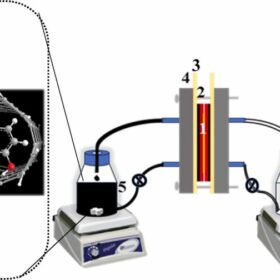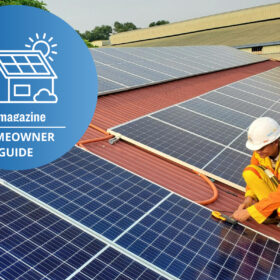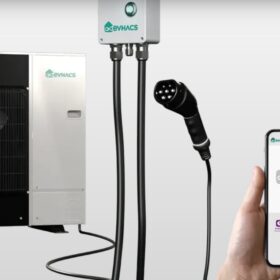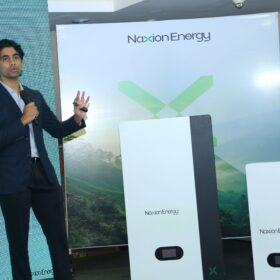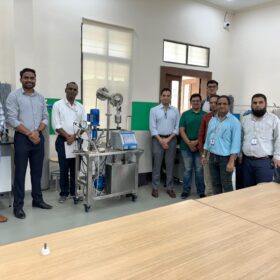The Hydrogen Stream: “Hydrogen to play transformative role in India’s space missions, transportation, and clean energy future,” says ISRO Chairman
Hydrogen is set to play a transformative role in India’s space missions, transportation, and clean energy future, said Dr. V. Narayanan, Chairman, Indian Space Research Organisation (ISRO), at a National Workshop on “Hydrogen Fuel Technologies and Future Trends” held at Alliance University, Bengaluru, in association with Indian Institute of Science.
Encapsulant delamination behavior in PV glass recycling
Researchers in Spain investigated effective separation of encapsulants from PV glass with a focus on melting behavior and resistance to the hot knife-method of delamination. The results indicated that thermoplastic polyolefin encapsulants were the easiest to remove from the PV glass.
Behind the green boom: How ecosystem builders are fueling India’s climate tech rise
India’s climate tech ecosystem now counts over 800 startups, ranging from solar and electric mobility pioneers to agri-tech and water management disruptors. Many of these startups begin as humble experiments.
Huasun achieves 34.02% efficiency for perovskite-heterojunction solar cell
The Chinese manufacturer said the result was achieved thanks to new perovskite crystallization additives and high-mobility carrier transport layer materials.
All-perovskite PV-powered battery for portable electronics
Scientists have used a dual-functional, material-sharing strategy with ethyl viologen diiodide to achieve synergistic performance enhancement in PV-powered batteries. The system was reportedly able to power a wearable glucose monitor for 24 hours.
Researchers improve zinc flow battery performance by using nanotube-encapsulated organic redox molecule catholytes
Researchers at CSIR-Central Salt and Marine Chemicals Research Institute thermally encapsulated organic redox molecules within multiwalled carbon nanotubes to form a stable and flowable slurry for use as high-capacity catholytes in aqueous zinc flow batteries. The assembled batteries using these catholytes exhibited excellent cycling stability at an applied current density of 1.0 mA cm⁻², with a Coulombic efficiency of 99%.
“We are in the process of establishing a sodium-ion battery cell pilot line by 2026″: Macsen Labs CEO
Achal Agrawal, CEO of Macsen Labs, a chemical company making bold strides into battery materials, speaks to pv magazine about the potential of sodium-ion batteries for energy storage, their journey developing Prussian White cathodes, and plans to scale this technology.
pv magazine Homeowner Guide: Finding the right solar installer
pv magazine is compiling a guide to home solar installations, aimed at those who are interested in installing but are new to the market and want to make an informed decision. We have spoken to associations, installers and industry specialists in major solar markets across the globe to compile best practice guidance and advice that aims to be applicable to home solar installations anywhere in the world.
Mitsubishi, Evhacs launch world’s first integrated heat pump, EV charger
The integrated system is claimed to efficiently provide dynamic load balancing, while supporting demand-side management and future smart grid applications. The heat pump technology comes from Mitsubishi’s Ecodan, Mr. Slim, and M heat pump series, which Evhacs modified for integration with the EV charger.
NISE launches support program for renewable energy start-ups
Start-ups developing technologies in fields such as solar energy, green hydrogen, energy storage, distributed renewable energy, small hydro, wind, smart grids, and clean mobility will be supported in the development and commercialization of their innovations.
